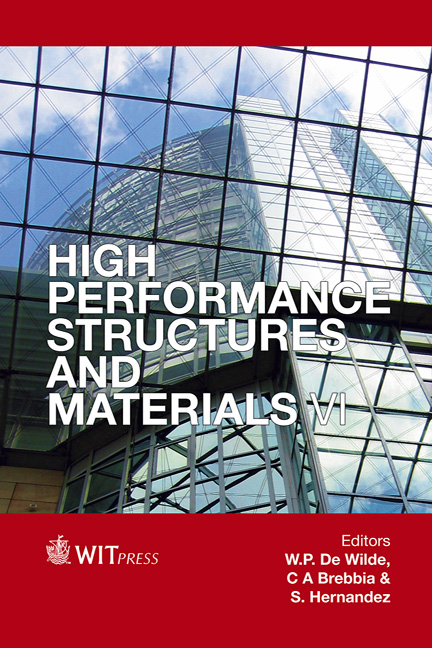The Application Of Actively Tensioned Membranes As Formwork For Complex Curvatures In Concrete Structures
Price
Free (open access)
Transaction
Volume
124
Pages
12
Page Range
27 - 38
Published
2012
Size
1,918 kb
Paper DOI
10.2495/HPSM120031
Copyright
WIT Press
Author(s)
S. Belton
Abstract
While digital tools have opened the floodgates to the exploration and definition of complex geometries in many design fields in the last two decades, their utilization in architecture has been limited depending on the material and fabrication method. Specifically with concrete, complex curvatures have been realized with great difficulty due to the tremendous expense of customized formwork methods utilized, thereby precluding its use from all but the most expensive of constructions. This research explores, demonstrates, and documents a process – as proof of concept from inception to scaled fabrication – of an economic, efficient, and rapid method for designing and constructing complex curvatures in structures of in-situ concrete using digital design, analysis, and fabrication tools. The work builds upon the rich history of concrete fabric forming, both as a method of formal exploration, and of construction efficiency. The present research seeks to combine these two lines of exploration and demonstrate the formal possibilities for medium and even large-scale structures. Specifically, the work introduces the use of actively-tensioned membranes into the vocabulary of fabric formwork and explores its’ practical and formal potential. The use of active-tensioning for concrete formwork foregrounds the geometry of minimal (i.e. anticlastic) surfaces as a territory of exploration for formal expression. Rather than the outright invention of new construction technologies, the research leverages unrealized potential in established fabrication and construction methods, and opens the door to the mass-customization of complex geometries in concrete. The formwork process results in a fully-integrated loadbearing envelope performing thermal and waterproofing functions, thereby reducing construction time and minimizing construction waste. The work seeks
Keywords
concrete, formwork, minimal surface, material efficiency, anticlastic geometry





